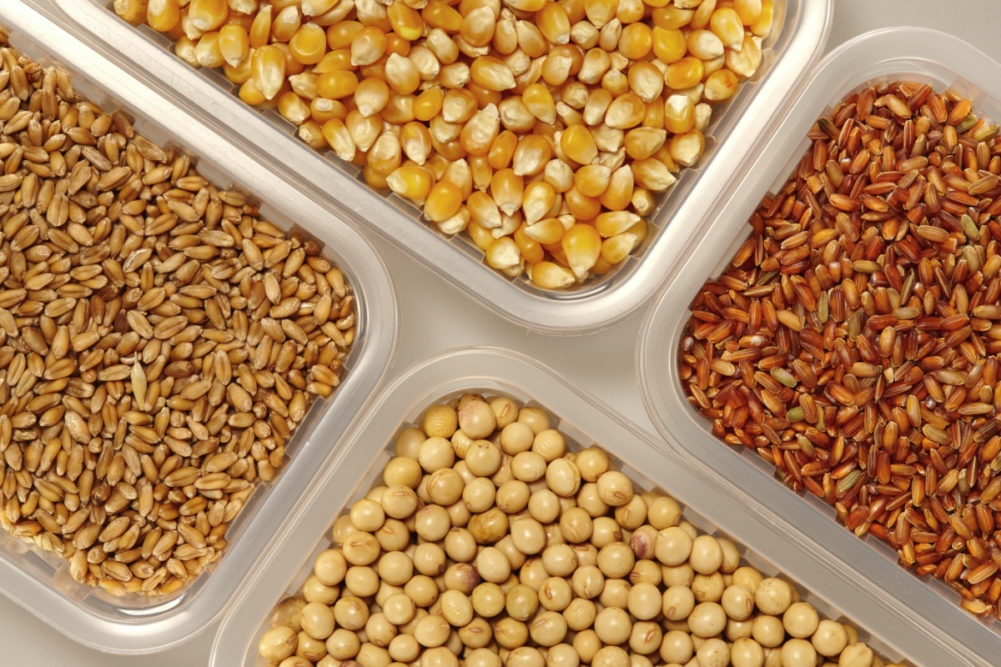LONDON, ENGLAND — The International Grains Council (IGC) has revised downward its forecast for global grains production in 2020-21 as corn output is projected to decline by 6 million tonnes in the United States, China and the European Union.
In its monthly Grain Market Report, released on Sept. 24, the IGC reduced total grains production by 3 million tonnes from its August projection, to 2.227 billion tonnes, which would still be an all-time record. If realized, it would be an increase of 46 million tonnes compared to 2019-20.
Most of that year-on-year increase is due to a projected 39-million-tonne rise in corn output to an all-time high of 1.16 billion tonnes, according to the report.
World wheat production also is expected to edge upward to a record 763 million tonnes.
The IGC also projects record global soybean output at 373 million tonnes in 2020-21. The Council forecasts a record in soybean trade of 164 million tonnes, some 8% higher year-on-year. The IGC noted that the increase in trade is mainly due to strong demand from China — amid recovering feed demand — and an array of smaller markets.
The outlook for global rice production is trimmed month-on-month to 504 million tonnes. Largely reflecting a higher consumption figure, world rice ending stocks in 2019-20 are forecast 2 million tonnes lower month-on-month, at 175 million tonnes. Rice trade is forecast to increase by 7% year-on-year to 45 million tonnes.
The IGC said total global grains consumption is projected to expand by 39 million tonnes year-on-year, to a new peak of 2.22 billion tonnes, with much of the gain linked to feed and industrial uses of corn, but with wheat, sorghum and oats usage growing as well.
With upward revisions for wheat, corn and barley, the projection for total grains trade in 2020-21 is boosted by 3 million tonnes month-on-month, to a record 398 million tonnes, a 1% increase year-on-year.
Global grain stocks are predicted to expand 7% year-on-year to a three-year high of 629 million tonnes, as a fourth consecutive decline in corn stocks is offset by increases in wheat, barley and other grains.






